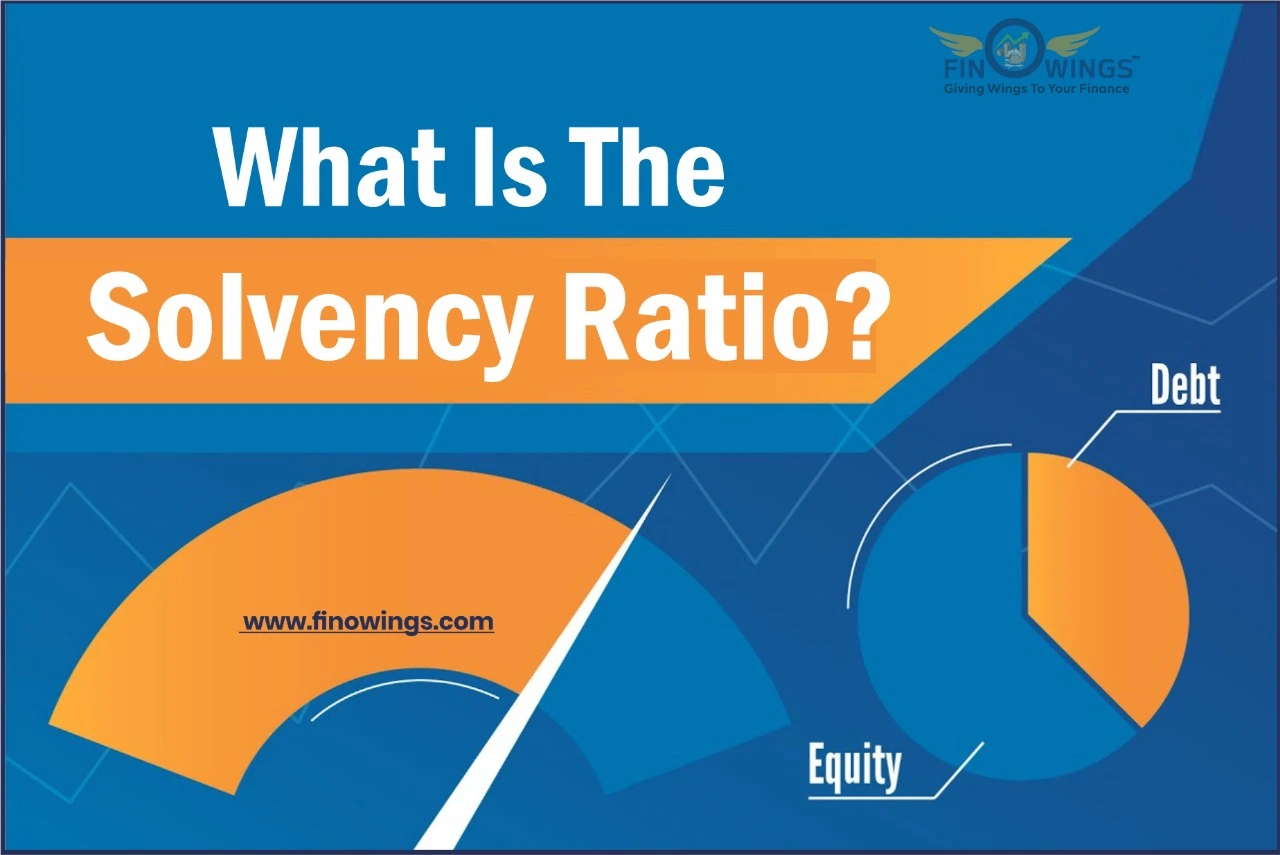Home >> Blog >> What is EBITDA? Why is it important for investors?
What is EBITDA? Why is it important for investors?

Table of Contents
Introduction
Fundraising through investment is very important for any business. It is essential to do a financial analysis of your business before raising any funds. Whether you are applying for a line of credit for your business, assessing your ability to repay the debt, or looking for good investors, by doing a financial analysis of your business, you get to know the overall value of your business. How valuable is your business?
Most investors use a standard tool called EBITDA before raising funds for any company. Financial analysts also determine the value of any company through the EBITDA tool. It is such a financial tool, and with the help of this, you can estimate the efficiency and value of any business. Investors benefit a lot from this tool. With the help of it, they can decide which company to invest in and which not to.
Today, this blog will take an in-depth look at and understand this financial measure. Learn How to use EBITDA & How to Calculate EBITDA.
1. What Is EBITDA?
If you are familiar with finance and markets, you must understand EBITDA. EBITDA refers to earnings before interest, tax, depreciation, and amortization. It is a financial margin that gives investors a short-term picture of the efficiency of the business. So, EBITDA helps investors know how profitable your company or business is.
In other words, EBITDA measures the financial performance of any company. It is an alternative to other metrics like revenue, net income, or earnings. EBITDA reflects earnings before expenses are incurred. Also, it provides information about the company's health before making any financial or accounting decisions.
Today, EBITDA has become the universal metric for any business. Whether you are researching a potential investment or running a company, EBITDA has become an essential tool.
For your information, EBITDA isn't regulated by generally accepted accounting principles (GAAP), a common set of standards and procedures that accounting professionals have followed for years. Therefore, businesses that create their financial statements following GAAP don't calculate by EBITDA.
The purpose of EBITDA is to compare profitability across different businesses and industries. However, we also understand that EBITDA needs to provide a complete company performance overview. Hence, it is used in conjunction with other financial statements and ratios to create a clear financial picture of any business.
2. What does EBITDA stand for?
The meaning of the word EBITDA or EBITDA meaning is:
E = Earning
B = Before
I = Interest
T = Tax
D = Depreciation
A = Amortization
As mentioned above, EBITDA stands for earnings before interest, tax, depreciation, and amortization. So, let us understand these terms in depth.
2.1 Net Income (Earnings)
-
Net income is sometimes also called net earnings. It is because all other factors, such as cost of goods sold, expenses, interest, taxes, and depreciation, are eliminated to arrive at net income.
-
Net income is the line profit at the bottom of a company's income statement. Often, net income can be understood as a gauge of the overall profitability of a company or business. However, it only shows whether the company is operating at a profit or loss.
2.2 Interest Expenses
-
When a company incurs borrowed capital to meet expenses, that cost is called an interest expense. For example, a company or business issues a loan with interest expense or corporate bonds on lines of credit for itself and then returns that capital at the prescribed interest rate.
-
The interest rates for companies depend on their anticipated financial performance and the macroeconomic environment. In other words, interest expense is the total interest paid on all loans. It includes all types of loans, leases, lines of credit, and mortgages.
2.3 Taxes
-
Tax is one of the most necessary expenses for any business or company. A business's tax rates are determined by its city, state, and country. Taxation is a financial duty imposed on a person by the government or authorities.
-
Generally, the tax is sometimes flexible, so the expense varies yearly and from business to business. In addition, the tax depends on the industry, location, and size of the company.
2.4 Depreciation Expenses
-
Depreciation is a technique of accounting that allows you to distribute the cost of a physical asset over its entire lifetime. In this way, you can deduct many taxes. For example, expensive machinery is employed in industries.
-
It can be partially accounted for in the year of purchase, but you can add its cost to the expenses of the coming years. Typically, some physical assets you can depreciate include vehicles, heavy equipment, and property.
2.5 Amortization Expenses
-
Amortization expense or Amortization meaning in EBITDA sometimes refers to the payment of a loan. However, amortization is mainly applied to intangible assets, and you can also deduct many tax expenses by spreading the value of an intangible asset over its lifetime. Put another way; the amortization schedule is the repayment plan of capital and interest on corporate loans.
-
Amortization describes the expense of certain intangible assets, including patents and trademarks. Thus, amortization is the same as the depreciation mentioned above. Therefore, there is not much difference between the two.
3. What's the Formula For EBITDA?
Here is the formula to calculate EBITDA. You can figure it out both ways
|
EBITDA = Net Income + Interest + Taxes + Depreciation + Amortization |
OR
|
EBITDA = Operating Profit + Depreciation + Amortization |
3.1 EBITDA Example
Let us understand it with an example. CEAT Ltd. is an Indian company engaged in tire manufacturing. According to his recently published annual report, his company has done business worth Rs 50,000 crores till now.
Based on the information given below, calculate EBITDA for this financial year.
|
Net Income |
800cr |
|
Interest Expenses |
150cr |
|
Taxes |
100cr |
|
Amortization |
150cr |
EBITDA= Net Income + Interest + Tax + Depreciation & Amortization
So,
EBITDA = 800+150+100+150
= 1200cr
4. What Is the EBITDA Margin Or EBITDA Margin design for?
-
Sometimes companies want to measure their EBITDA as a percentage, and they can use the EBITDA margin tool.
-
To calculate the EBITDA margin, you divide a company's EBITDA for the last twelve months by the net sales for the twelve months. The result thus obtained is the EBITDA margin.
-
Similarly, if you want to calculate quarterly margin, you can divide quarterly EBITDA by quarterly net sales.
-
When measuring a company's performance, regardless of its financing considerations, tax, or accounting matters, the EBITDA margin is the best measurement to use.
-
What is your EBITDA margin when you go somewhere to raise funds for your business, apart from the business model? On this basis, investors assess your business.
4.1 EBITDA Margin Formula With An Example
|
EBITDA Margin = EBITDA/ Net. Sales Or Total Revenue |
|
Infosys Ltd |
|
|
Total Revenue |
907910cr |
|
Finance Cost |
1700cr |
|
Tax |
53,680cr |
|
Depreciation |
28, 930cr |
|
Net Income |
166,390cr |
So,
|
EBITDA = 1700+ 53680+28930+166390/907910 = 28% |
5. Does EBITDA matter to investors and business leaders?
EBITDA gives investors and other professionals a clear idea of a company's value. Also, allow them to see the value and profitability inherent in the company. EBITDA also increases industry competition, as any investor prefers to associate with a profitable company.
This profit calculation removes the effects of EBITDA funding, the taxation environment of individual countries, and other accounting decisions to indicate earnings.
However, even large investors and business leaders know that EBITDA is one of many metrics to calculate a company's performance, as it can sometimes hide high debt levels and other warning signs.
When you compare one company with the profitability of another company through EBITDA, it will help you understand the cash flow of their businesses. If a company's EBITDA is negative, its cash flow will be poor.
Even if there is a positive EBITDA, it only ensures that some of the company is good for investment. Accounting techniques vary between businesses, and expenses or costs vary.
6. Few Drawbacks Of EBITDA
-
We know how many proponents of EBITDA there are. But, like all business metrics, it can have some drawbacks. Nothing is 100% perfect.
-
One of the most significant drawbacks of EBITDA is that it must allow accurate working capital accounting. For example, companies may have many such fixed assets, which are difficult to convert into cash, but EBITDA still shows them to be profitable.
-
Sometimes adding depreciation and amortization can give you a false image. EBITDA can also be manipulated by accounting for depreciation to artificially increase profits so that the company can get a different estimate of the loan interest rate.
7. Conclusion
Through this blog, we learn that EBITDA is a simple business tool for financial analysis, transactions, and valuation of businesses. Having a clear Good EBITDA Ratio of a company makes it easy to estimate the exact position of that company, whether the company has positive or negative cash flow. This estimate allows investors to decide whether to invest money in the company. In addition, through EBITDA, it is easy to understand whether the business can generate income successfully or not. However, EBITDA has some downside, which you should keep in mind while calculating EBITDA.
Frequently Asked Questions
EBITDA refers to earnings before interest, taxes, depreciation, and amortization. Ebitda is an indicator of a company or business's overall financial performance and profitability. The most striking feature of EBITDA is that it is also used as an alternative to net income calculation.
No Gross Profit and Ebitda are different from each other. Gross profit refers to the profit after considering the cost of production.
Gross profit considers the cost of goods sold and all expenses associated with the sale but does not include expenses such as taxes and interest. At the same time, all types of costs are included in the calculation of the EBITDA of a company.
EBITDA can be beneficial to your company or business for many reasons. First, EBITDA gives investors a clear picture of your business. Second, good EBITDA data for your business can attract investors. Third, EBITDA helps you in reducing non-essential costs as well as helps in budget planning for your business.
EBITDA can be beneficial to your company or business for many reasons. First, EBITDA gives investors a clear picture of your business. Second, good EBITDA data for your business can attract investors. Third, EBITDA helps you in reducing non-essential costs as well as helps in budget planning for your business.

















